Since their invention, tubeless tires have been popular because of their durability. Since there is no inner tube, there is less risk of a puncture. The sealant used in tubeless tires is latex. It makes the tires airtight in a way that the tire is sealed with the rim. This liquid sealant can cover even the smaller holes.
These tires are quite popular with gravel and mountain bikes. Although the ride does not feel any different than the one with normal tires, the method to inflate tubeless tires is somewhat different. There is a procedure you will have to follow because any major cut or slash means that you will have to use an inner tube!
The good part is that I have been using tubeless tires for a long now. And I’ve inflated enough tubeless tires to know which method works. So do you want to know how to inflate your tubeless tire?
How To Inflate Tubeless Tires In 4 Simple Steps
Here is how you can inflate your tubeless tires easily!
Tools Required
These tools will be helpful when taking care of tubeless tires.
- Tire Booster
- Foot Pump (Exclusively For Tubeless Tires)
- Floor Pump (Regular Floor Pump Also Works)
- Compressor
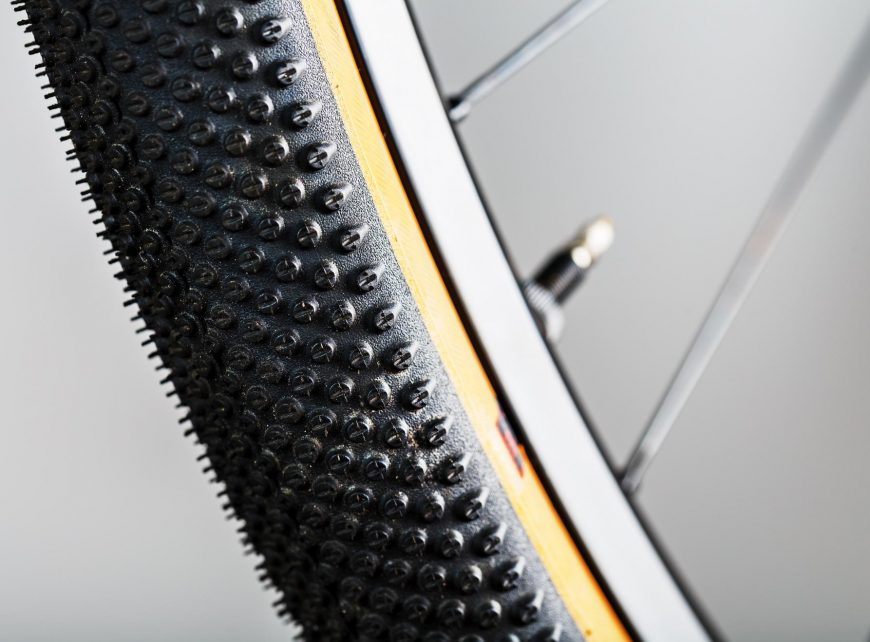
Step 1: Clean The Rims First
The first step here is to clean the rims first. This makes the contact between the rim and tire strong enough to withstand anything. Use a clean and dry rag for this process. Some people go for water and soap but I don’t recommend that. In most cases, sealant will already be there but if there isn’t, then you need to add the sealant.
Enhance your ride with tubeless bike tires. Read on to learn more about the benefits of tubeless tires.
Step 2: Make Sure That The Valve Is At The Correct Position
Now you need to make sure that the valve is in the correct position. It needs to be at the 3 or 9 o’clock position. It is a requirement for the perfect build-up. Look after the valve core and the valve stem. If they get damaged, you won’t be able to complete the process.
It is time to open and remove the valve now so that the flat tire can be repaired and inflated.
Step 3: Secure The Flat Tire Properly
Before we start inflating the flat tire, we need to secure it so the air does not leak. My preference here is to use straps to secure the flat tire. Tighten the tire with whatever material you want. It should be around the length of the tire. Whichever material you use to hold the tire in place will be useful when filling it with air.
Step 4: Time To Inflate The Tire
You can use a foot pump or compressor for this. Make sure the tire is tight before you start to inflate it. With enough pressure, a seal will be formed within the tire and rim. Once the tire is inflated properly, a new seal will be formed on its own.
You will also see that because of the air pressure the straps that you used to secure the flat have been overturned. Remove them.
Prepare your bicycle for the ride ahead with our comprehensive step-by-step guide on utilizing a bike pump.
You are now done, it is time to put the valve back on and close it.
Recommended Tire Pressure Levels
Different bike types have different recommended levels of PSI. Make sure that you follow them when using the bike pump:
- Road Bikes: 80-130 PSI
- Mountain Bikes: 30 PSI
- Hybrid Bikes: 40-70 PSI
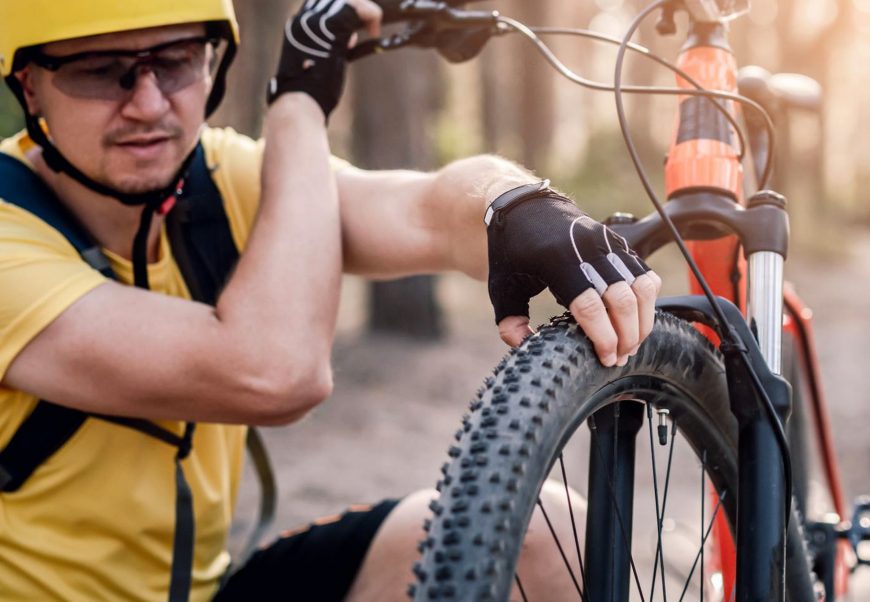
Here is a video explaining how you can inflate tubeless tires:
Read also: How To Check Tire Pressure Without A Gauge
Tube Vs Tubless Tires: What’s The Difference?
| Feature | Tube Tires | Tubeless Tires |
|---|---|---|
| Flat Tire Occurrence | Common flat tires | Reduced significantly; self-healing with sealant |
| Sealant Functionality | – | Seals small punctures automatically (depends on sealant and hole size) |
| Pinch Flats (Snake Bites) | Common | Not a concern |
| Comfort and Tire Pressure | Pressure management issues | Lower pressure, providing a comfortable ride |
| Pinch Flats & Cushioned Ride | Pinch flats a worry; less cushioned ride | No pinch flats; enhanced traction for a cushioned ride |
| Rolling Resistance | Higher rolling resistance | Lower rolling resistance; maintains momentum on bumps |
| Off-Road Performance | Susceptible to damage from rocks and jumps | Absorbs shocks, suitable for off-road terrains |
Not sure which bike tire is right for you? Check out our guide on clincher vs tubular vs tubeless tires.
How Long Do Tubeless Tires Last?
The lifespan of a tubeless tire is going to depend on many factors, including how you use it and how you take care of it. Tubeless tires self-heal, but their sealant needs to be replaced now and then. The sealants are also of two types.
- Fiber-Based Sealants- More than 8000 Miles
- Latex-Based Sealants- 8000 Miles Max
I recommend Fiber-based sealants if you will be traveling longer.
Is your bike tire losing pressure? Check out our guide on bike tire pressure loss to find the reasons.
FAQs
Are tubeless tires better?
Yes, tubeless tires are considered better because they are less prone to punctures.
Do tubeless tires use air?
Yes, tubeless tires use it.
Which air is filled in tubeless tyres?
Tubeless tires are often filled with nitrogen to keep them cool.
Can we put tube inside tubeless tyre?
Yes, you can put a tube inside tubeless tires.
How long do tubeless tires hold air?
Tubeless tires can hold air for an extended period as compared to normal tires.
Recap
Inflating tubeless tires is a technical process but with the right tools and by following these steps, you’ll be done within 20-25 mins! Although, I do recommend stocking up on sealants!
I hope now you can fill those tires easily! If you have any more questions reach out to me in the comments below!
Also Read
- 5 Best Winter Bike Tires – Studded Tires For Snow And Ice
- 13 Easy Fixes For A Bike Tire That Won’t Inflate
- Bike Tires Expiry: How Long Can You Store Them?
Should you have any questions or require further clarification on the topic, please feel free to connect with our expert author Luke Ameen by leaving a comment below. We value your engagement and are here to assist you.


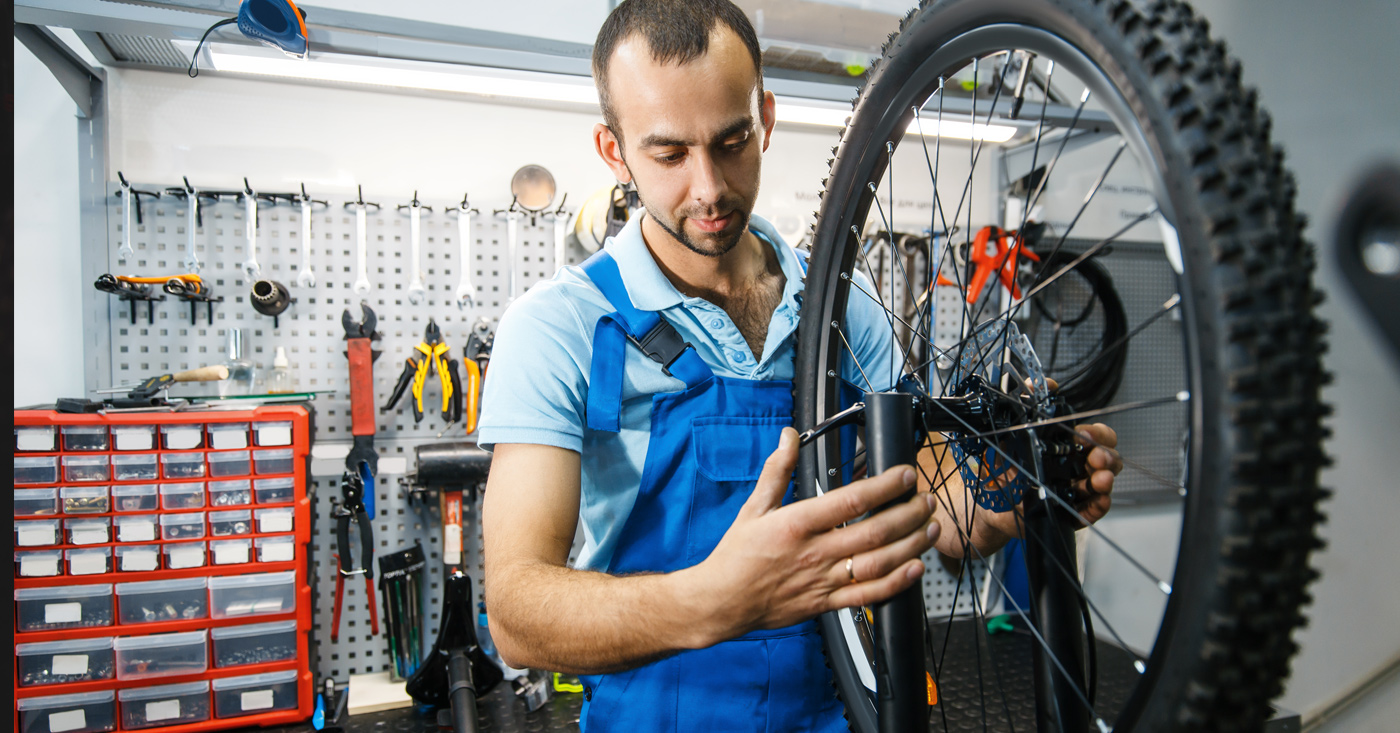
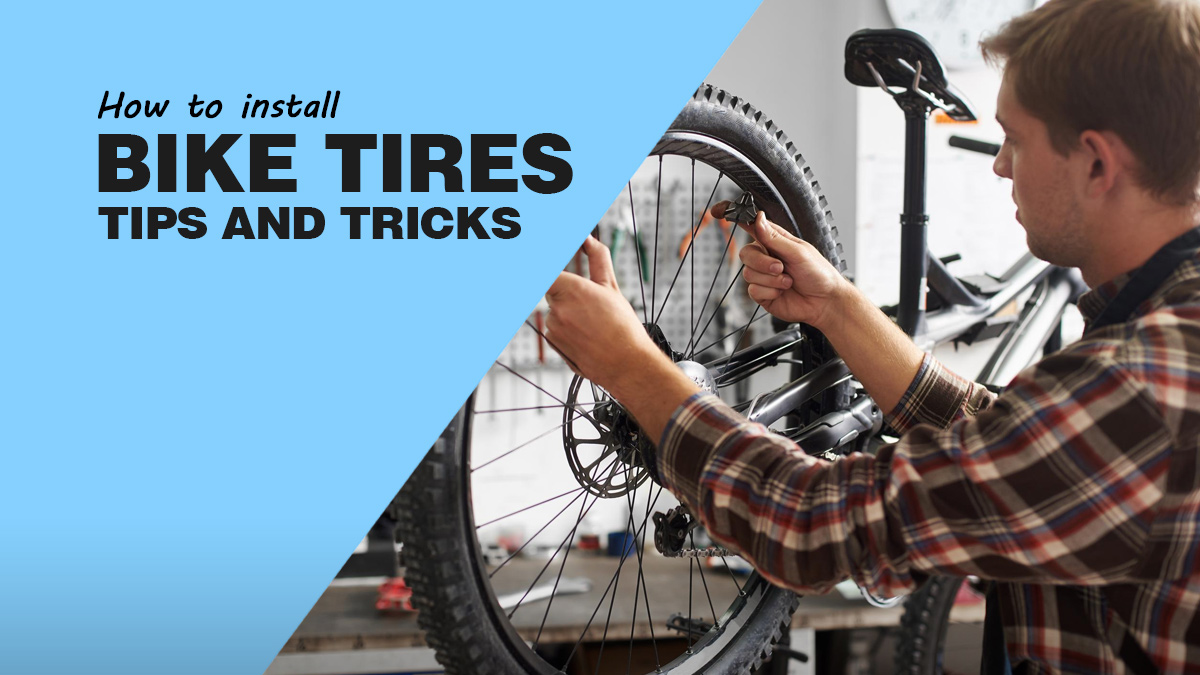
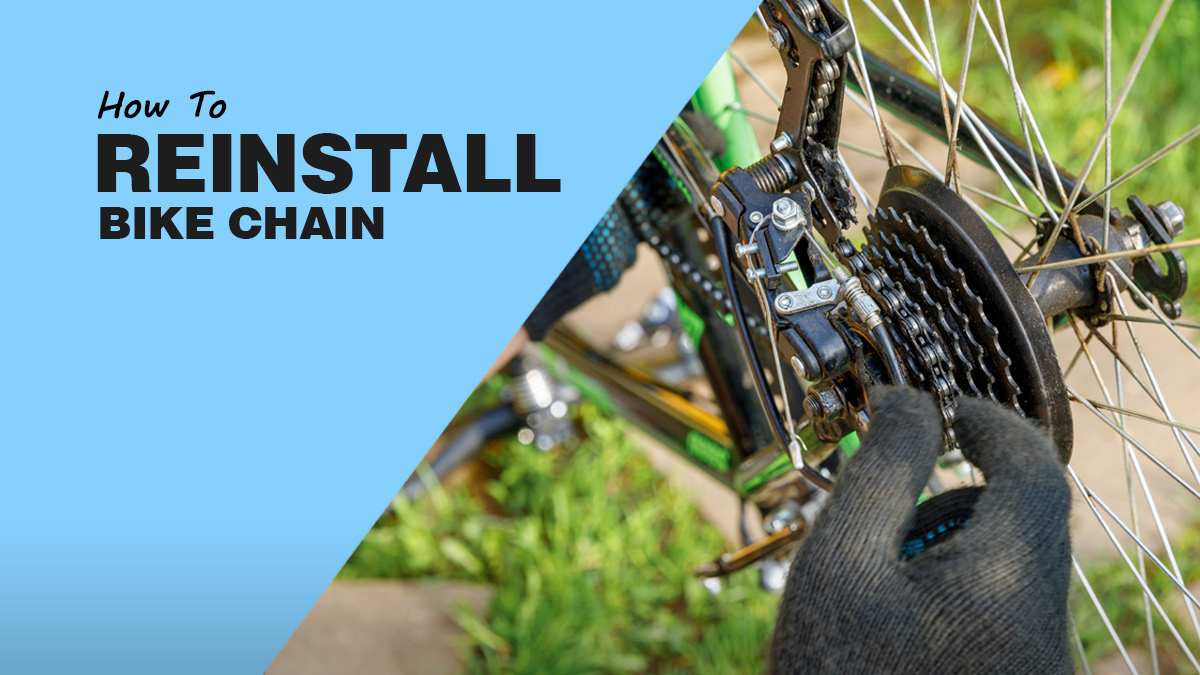
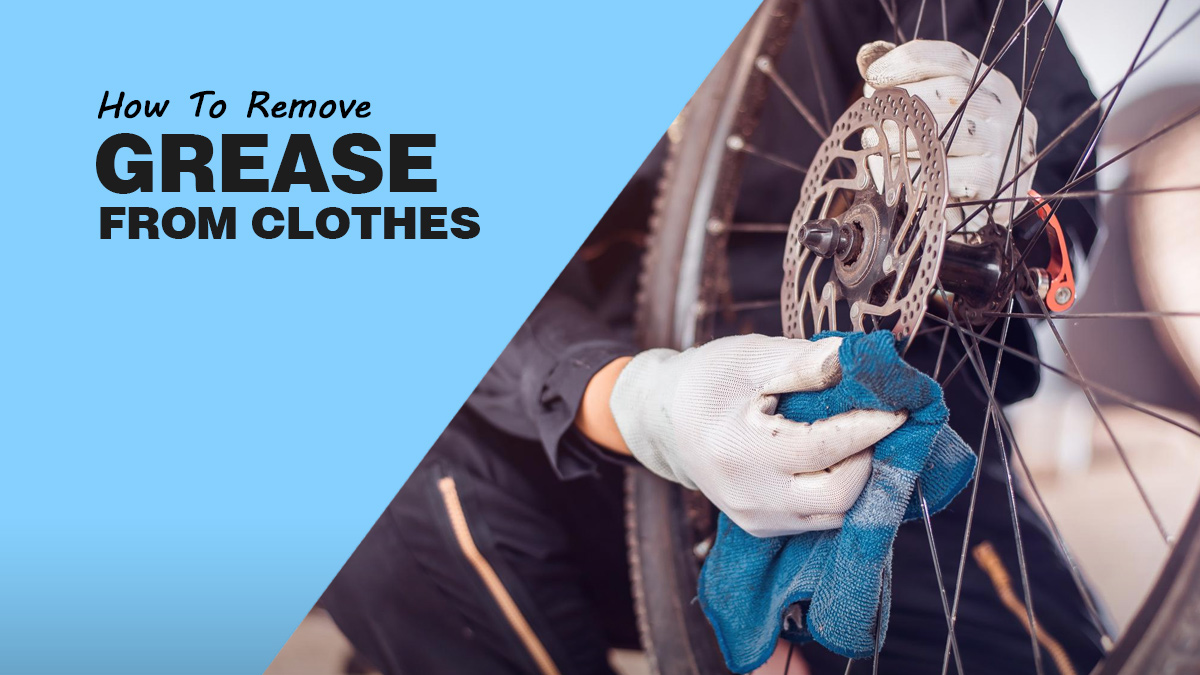
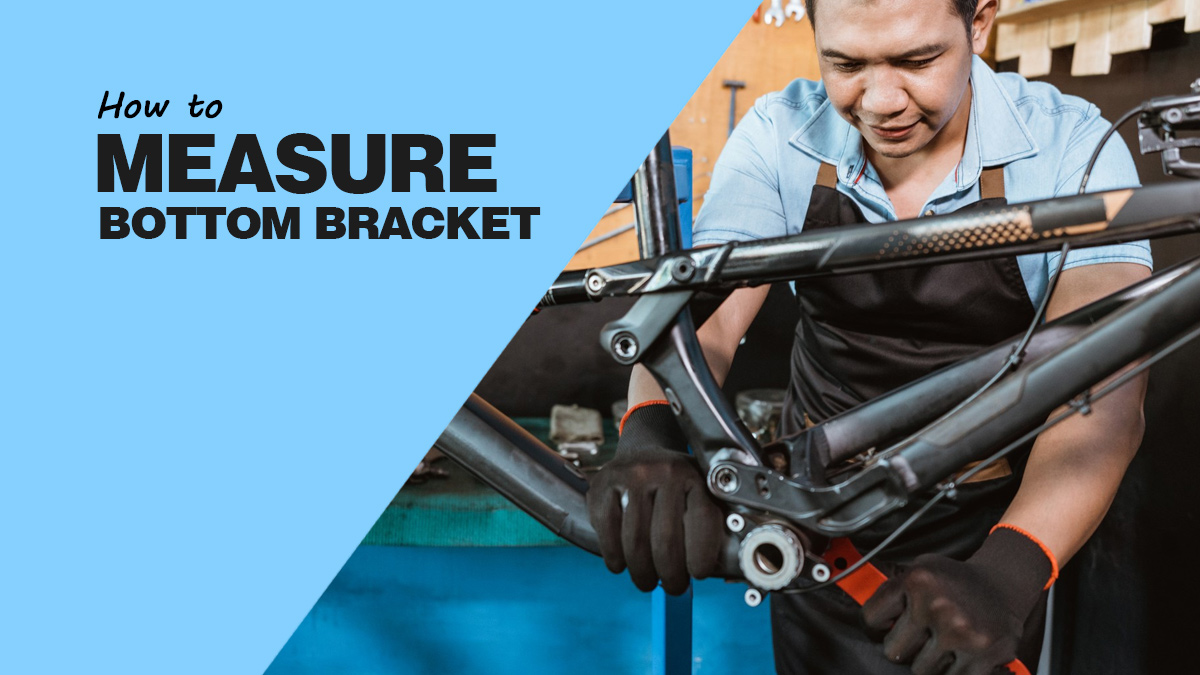
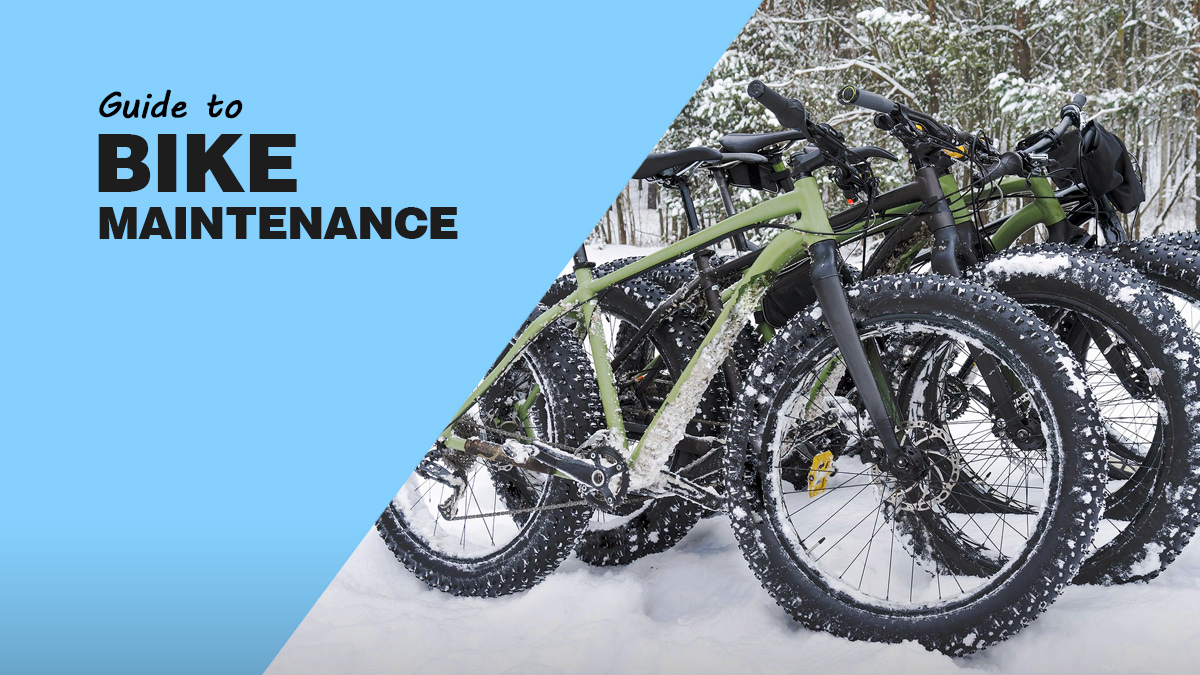
1 thought on “How To Inflate Tubeless Tires In 4 Easy Steps”
Great article about a problem I’ve experienced several times. This problem is happening to me with tube tires. But your article has solved them.